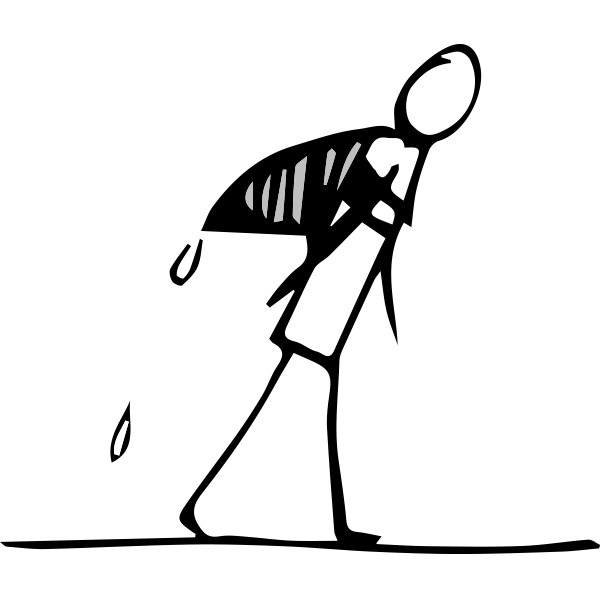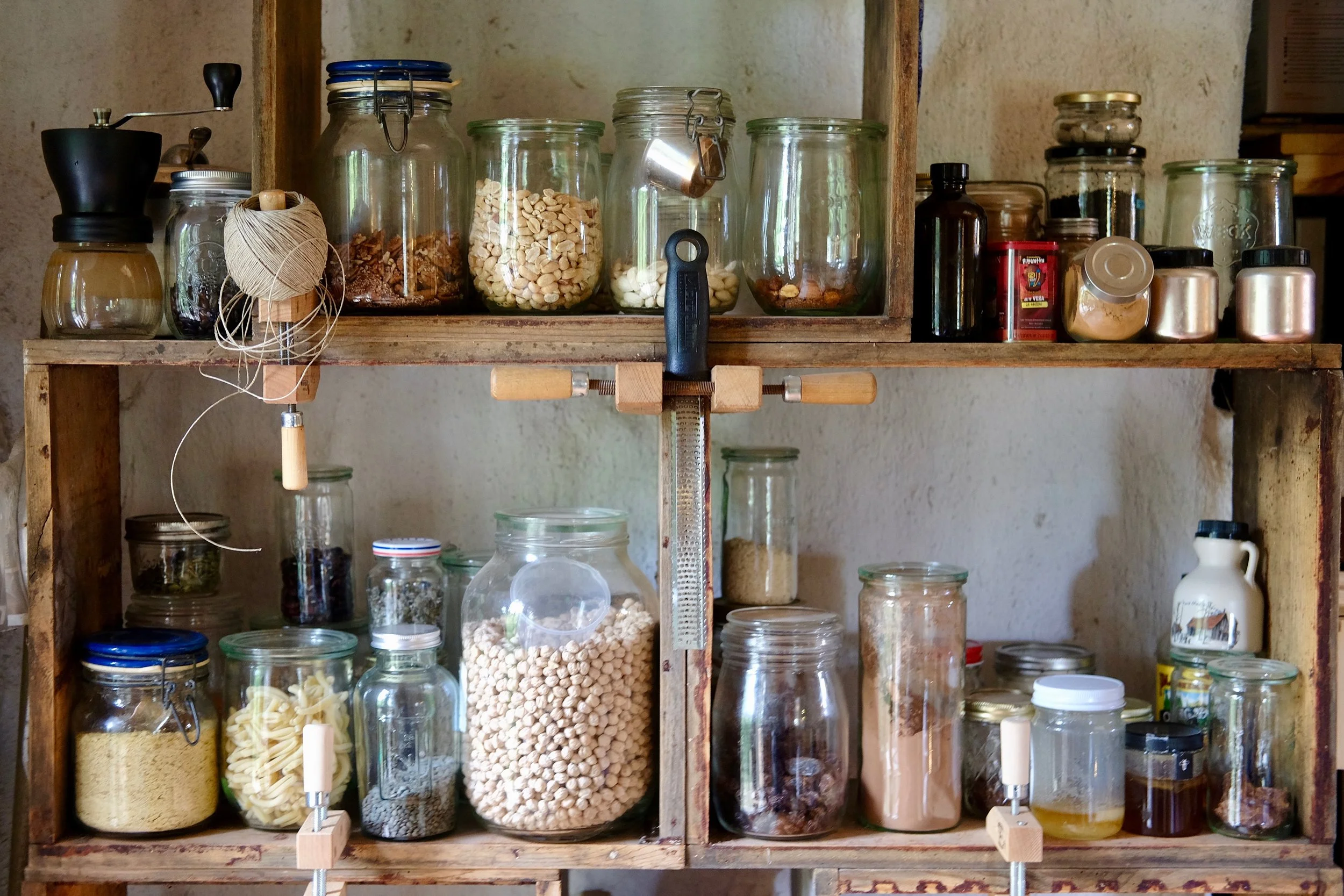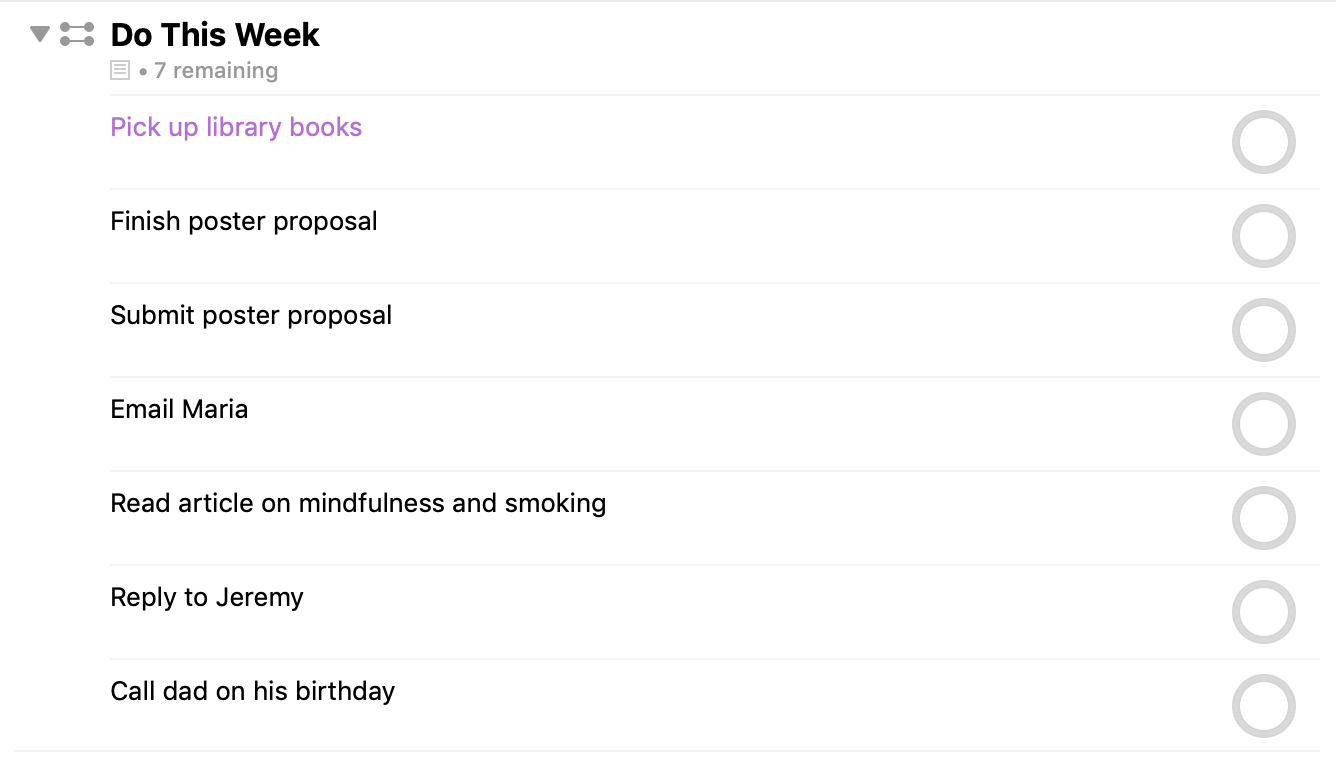As a person who loves to cook, I look at my pantry as a place of possibility. I see beans and cornmeal, cocoa powder and almonds, pasta and capers and I want to create—to cook. I was thinking recently, what if my pantry were like my to do list? Instead of being a place of potential, it would be a list of things I need to do, many combined with others in ways that don’t make sense.
I began to wonder… how might I organize my to do list so that it makes me feel the way I do when I look at my pantry? How might it become a place that gives me a sense possibility, where I want to create—to work. I’ve been playing with this idea for a couple months and have come to some preliminary conclusions.
(1) LANGUAGE MATTERS
For those of us that use digital tools to manage our to do lists, it is especially important to consider how we use language in creating to do items. When items start with verbs (e.g. Use, Soak, Cook, Combine, Check, Cook, Eat), they become commands. This results in computers commanding us to do things. They control our time and our agency in subtle (and sometimes overt) ways.
I’ve begun to use new language when I enter items into my to do list (in my case this is OmniFocus, but these suggestions would work with most software, I imagine, and also with handwritten lists). In the example below, I’ve shifted the language of each item in a sample list:
When checking off an item that begins with “You promised to email Maria…” I feel as though I’m being a person who follows up on her promises. When checking off “Email Maria,” I feel as though I’ve just won another round of whack-a-mole. It used to be the case that I often felt disappointed in myself at the end of the day, despite the work I’d done. Now I actually feel better and I wonder if it is the new language I’m using. Checking off items now adds up to something more than winning whack-a-mole. It has become evidence that I am fulfilling promises, following up on good ideas, remembering my intentions—much more rewarding to me than “being productive.”
(2) FUTURE-Self compassion
Right now I am mostly treating OmniFocus as an external memory for my intentions. I try to craft my to do items so they remind me of who I wanted to be. I also try to give my future self agency to decide to do something different. A lot of my items begin with “You wanted…” or “You thought…” or “Consider…” so that I can decide what to do when I want to do something. Let’s take a real list as an example. In my old way of creating a list of things to read, each item would contain the name of the article and I’d check it off once I’d read it. Now, my reading list looks like this:
(3) A practice of kindness
While it’s much quicker to rattle off commands in a to do list, I’ve experienced a couple of interesting benefits crafting them this way. First, it gives me a chance to practice kindness every time I need to add an item to my to do list. Like centering on the breath to self-regulate attention, having something “to do” centers me on self-compassion over and over again. In turn, I become the recipient of kindness (from my past self to my present self) every time I look at my to do list. This provides a chance to experience gratitude and gives the gift of choosing what to do with my time.
I’m not at the point where opening OmniFocus brings as much excitement and possibility as looking at my pantry… perhaps I love cooking more than working and so it never will. However, I open the app with curiosity about what it is I thought I might like to do, which is such a different experience from feeling overwhelmed by all the things that need to be done.





